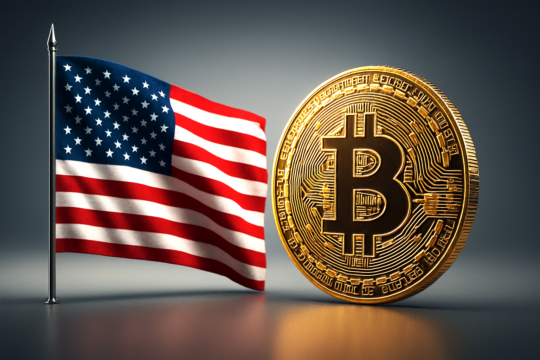According to a KPMG India report, ‘Eliminating Friction in Fashion Path to Purchase,’ mobile phones could reduce media friction and help brands tap into potential sales opportunity worth approximately USD 5 billion for apparels and USD 9 billion for accessories.
Based on this study, right now almost half of apparel purchases are influenced by mobile, and by 2022, almost two out of three apparel purchases, and more than 70% of accessory purchases, will be influenced by mobile. Moreover, the decrease in media friction could push growth in fashion e-commerce. Thus, it is significant for marketers to boost their media mix by improving marketing activities on mobile.
DBS Report Projects India Will Surpass US in GDP by 2030 But Challenges Remain
The report says the Indian fashion market is projected to grow at a rate of 15% CAGR till 2022, making it a USD 102 billion market for apparel and a USD 155 billion market for fashion accessories. The advent of internet, social media, and e-commerce has definitely been a boon for both consumers and sellers in tier 2 and below cities, bringing both closer. According to the report, E-tail (retail business conducted online) contributes to 2% of total retail in India and is growing.
Analysing the ‘friction’ that prevents a consumer from completing a purchase online, Nielsen India conducted a random listing study on 3,000 respondents to understand the purchasing population, and among 1,025 respondents in the fashion category across different demographic and socio-economic groups. KPMG India also got the perspective of industry experts on how best to remove friction in leading to a purchase.
The trends shaping the Indian fashion industry are emerging from different factors. Indian brands are using social media to reach out to consumers, fashion trends of Indian consumers are evolving, and vernacular language internet users are the next big consumer for brands.
Indian sellers are trying to combine the traditional touch-and-feel sale and online purchases. Not only are there brands that are only selling online, traditional brick-and-mortar stores are reaching out to a wider audience with an online wing.
New age digital platforms are becoming the preferred source for consumer awareness and communication over traditional print media placements, store displays, extravagant photo-shoots and images of celebrities wearing the brand collections.
Brands use highly-efficient tools, such as sequential advertisements and analytics based micro-targeting, to capture the attention of consumers, pushing them towards the point of sale. For example, Xeric Watches have raised more than USD 2 million by leveraging the power of social media and crowdfunding.
Another such example is Singapore-based Graymatics which uses sophisticated AI to place context relevant ads for e-tailers to optimise consumer experience. “This is the Holy Grail for any retailer as it is a cost-efficient and scalable solution enabling the targeting of ads.” CEO Abhijit Shanbhag of Graymatics said to StJobs, adding that “We have also introduced new features such as full-featured ad network tools, analytics engine and collage curation tools so our clients can very quickly deploy their applications and services.”
It’s becoming increasingly clear that brands are spending more on digital ads than traditional. They are also using digital tricks like virtual reality to allow consumers to view the product from every angle possible to break the traditional touch-and-feel barrier. The study reveals, however, that mistrust still remains at the point-of-sale (PoS) regarding whether the product displayed in a catalogue is how it actually looks and apprehension about delivery and return of the product.
Completing online payments can also still be a challenge, since, 23% of online consumers were found mistrustful at PoS compared to 2% of retail store/outlet.
Indians “Most Stressed Workers in the world”, According to New Cigna 360 Well-Being Survey
The study projects that mobile in media mix can help fashion brands exploit upto USD 14 billion worth of sales opportunity, reducing the average Cost Per Acquisition (CPA) by 5%.
The study has found that a fashion accessory purchase journey on a mobile phone is 25% shorter than other means. In case of apparels, it has been found to be 14% shorter. By 2022, 7 in 10 fashion accessory purchases and 2 in 3 apparel purchases are expected to be mobile-influenced, almost half of which are expected to be driven by Facebook.











